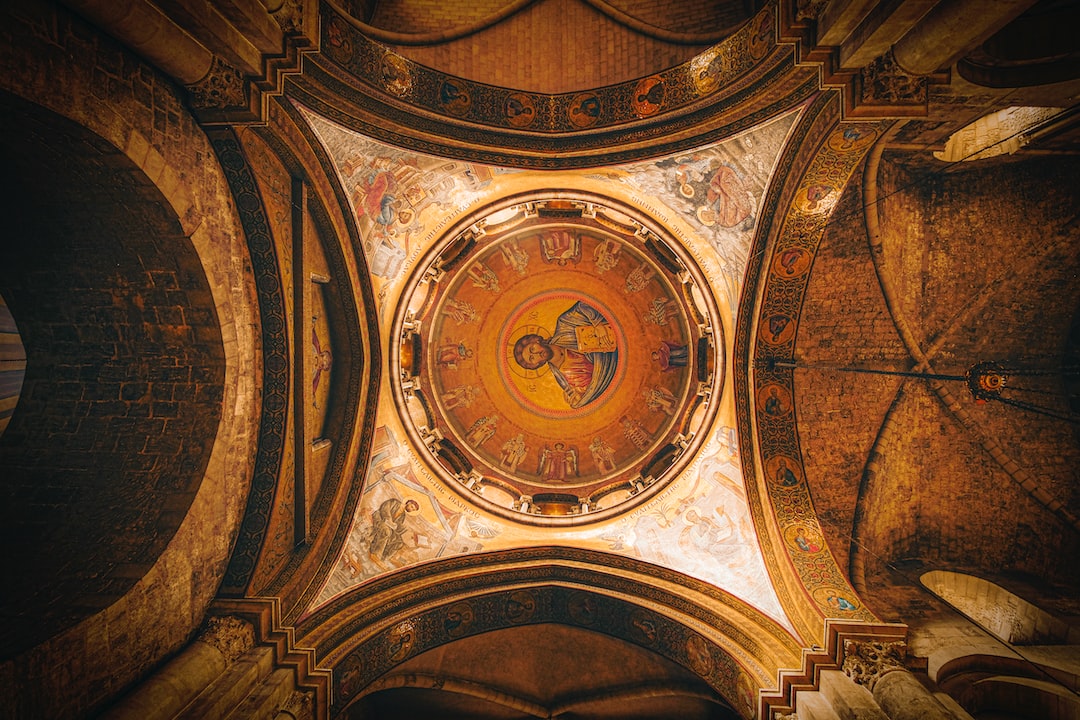A pilgrimage to the Western Wall: A journey of faith and reflection
The Western Wall, also known as the Wailing Wall or Kotel, is undoubtedly one of the most sacred sites in the world for the Jewish faith. Located in the heart of Jerusalem, this ancient structure holds deep historical and emotional significance for millions of people around the globe. A pilgrimage to the Western Wall is not just a physical journey, but a profound experience of faith and reflection.
As one approaches the Western Wall, the atmosphere becomes charged with an energy unlike any other. The buzzing street markets and narrow alleyways lead you closer to the site, where you can already hear the murmurs of prayers echoing through the air. It is a humbling experience, as the weight of centuries of Jewish history and spirituality settles upon you.
Thousands of people, both locals and tourists, flock to the Western Wall every day, each with their own reasons and intentions. It is not just a religious obligation for many, but a choice made in search of spiritual nourishment and connection. It is a time to reflect on one’s inner self, to seek answers, and to be part of a larger communal identity.
The Western Wall stands as a symbol of the Jewish people’s undying connection to their heritage and the land of Israel. It is believed to be the last remnant of the ancient Second Temple, which was destroyed by the Romans in 70 CE. Every square inch of the wall is pregnant with history, and as you run your fingers along its rough surface, you can almost feel the presence of those who have come before you.
Pilgrims approach the Wall with reverence and devotion. They bring their prayers, written on small pieces of paper, and gently place them within the cracks between the stones. It is believed that the Western Wall acts as a conduit to heaven, a channel through which prayers can reach the divine. People of all ages, from all walks of life, come together in this shared act of belief, pouring their hopes and dreams into these sacred crevices.
For many, the journey to the Western Wall is a deeply emotional one. It is a place of solace and healing, where pain and sorrow can find some measure of comfort. People who have experienced personal loss or hardships often find solace in the serene atmosphere of the Wall. They seek solace in its ancient stones, finding strength and renewal in their connection to a higher power.
As the sun sets behind the Wall, casting an orange glow upon the scene, the atmosphere takes on a different quality. It is a time for introspection and gratitude, a moment to express appreciation for the blessings in one’s life. Pilgrims gather in prayer circles, singing and dancing, as the solemnity of the day gives way to moments of celebration and joy.
A pilgrimage to the Western Wall is a deeply transformative experience. It is an opportunity to connect with the divine, to find solace and strength, and to be part of a shared history and tradition. Whether you come as a devout believer or a curious traveler, the journey to the Western Wall will undoubtedly leave an indelible mark upon your soul. It is a journey of faith and reflection, allowing you to delve deep within yourself and emerge with a renewed sense of purpose and connection.

